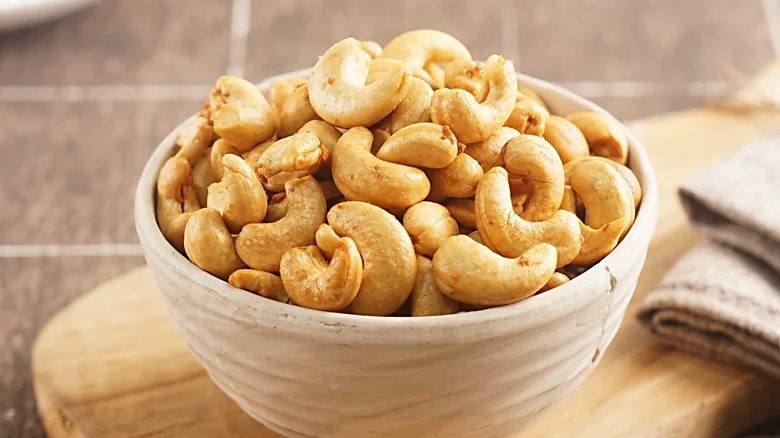Decoding Food Poisoning Causes & Treatment

Image Credit: Only My Health
Experiencing stomach cramps after consuming food can be a distressing and uncomfortable ordeal. One possible cause of such discomfort is food poisoning. In this article, we delve into the topic of food poisoning, its symptoms, causes, and available treatments, providing expert insights to help you understand and manage this condition effectively.
Food poisoning occurs when contaminated food or beverages are consumed, leading to the presence of harmful bacteria, viruses, parasites, or toxins in the digestive system. Common symptoms include stomach cramps, nausea, vomiting, diarrhea, and sometimes fever. These symptoms typically manifest within a few hours to a few days after consuming contaminated food.
Treatment of Food Poisoning:
- Hydration: Staying hydrated is crucial when experiencing food poisoning. Drink plenty of fluids like water, clear broths, and oral rehydration solutions to replenish lost fluids and electrolytes.
- Rest and Symptom Management: Allow your body to rest and recover. Over-the-counter medications can help alleviate symptoms such as stomach cramps, nausea, and diarrhea. However, consult a healthcare professional before taking any medications, especially if you have underlying health conditions.
- Medical Attention: Seek medical attention if symptoms worsen or persist, or if you experience severe dehydration, persistent high fever, blood in your stool, or signs of neurological issues.
Prevention Tips:
- Proper Food Handling: Wash hands thoroughly before handling food, and ensure that food is cooked, stored, and reheated at appropriate temperatures.
- Safe Food Sources: Purchase food from reputable sources, ensuring freshness and avoiding expired or damaged products.
- Kitchen Hygiene: Keep kitchen surfaces, utensils, and equipment clean to prevent cross-contamination.
Re-reported from the story originally published in Only My Health








